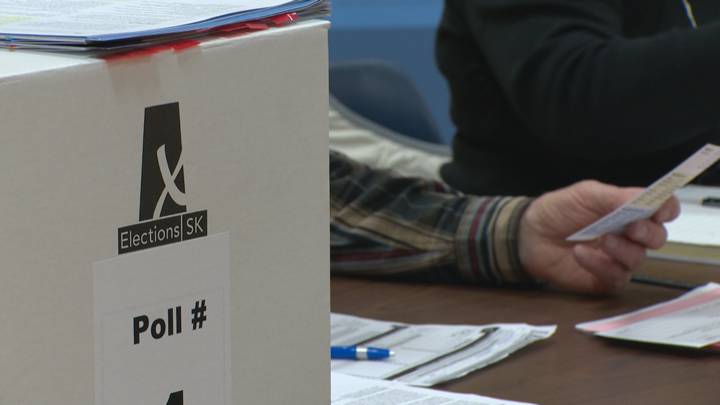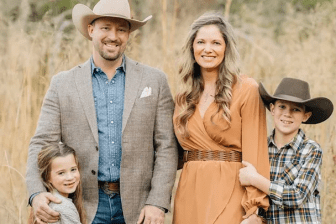Opposition Leader Ryan Meili called on the government to join the NDP in writing a letter to Saskatchewan’s chief electoral officer to do more to improve voting access in First Nations communities, Tuesday.

Meili also said he believes the government of suppressing on-reserve votes with past decisions.
“I think there have already been decisions made that made it more difficult, and what I want to do is make sure that we’re going in the opposition direction; that we’re doing everything we can to increase turnout,” Meili said.
Central to this, are rules for photo ID at polling stations and electoral boundaries.
“When you introduce the photo ID requirements that was done in such a way that wound up decreasing the ability of First Nations to vote,” Meili said.
“We also saw when they put the new boundaries in, they calculated it based on who was over 18. They actually underestimated the First Nations populations in a lot of constituencies. They increased the number of constituencies and decreased the First Nations vote.
“So I really think there are concerns with this government and their interest in serving the needs of First Nations people.”
- Alberta to overhaul municipal rules to include sweeping new powers, municipal political parties
- Canada, U.S., U.K. lay additional sanctions on Iran over attack on Israel
- No more ‘bonjour-hi’? Montreal mayor calls for French only greetings
- Trudeau says ‘good luck’ to Saskatchewan premier in carbon price spat
A government spokesperson called Meili’s accusations of gerrymandering completely unfounded in an emailed statement. The statement adds that electoral boundaries are reviewed every 10 years by an all-party committee and the chief electoral officer in a non-partisan process.
The goal of Meili’s letter is to push for Elections Saskatchewan to have polling places in all on-reserve communities. Justice Minister Don Morgan said Elections Saskatchewan had already been doing that in the 2016 election.
According to Elections Saskatchewan, the First Nations that did not have an on-reserve polling place in 2016 are: Big Island Lake Cree Nation (Meadow Lake constituency), Muscowpetung First Nation (Indian Head-Milestone), Onion Lake First Nation (Lloydminster), Thunderchild First Nation (Meadow Lake), Wood Mountain First Nation (Wood River), Ochapowace First Nation (Moosomin) and Nekaneet First Nation (Cypress Hills).
Elections Saskatchewan’s report on the 2016 election says the polling place increase equates to a 116 per cent increase in the number of polling places on First Nations communities.
Elections Saskatchewan also lists removing administrative barriers around identification on reserves as a high priority. For example, in 2016 chiefs and band councils were able to create a list of eligible voters. People on these lists did not have to register to vote, and only needed to provide one piece of ID.
Typically voters need to provide two pieces of ID, one proving you are who you are and a second providing proof of address.
There are more than 50 acceptable documents including a driver’s license, status card, hunting license, utility bill, government assistance receipt and a letter of authorization from a First Nations band.




Comments